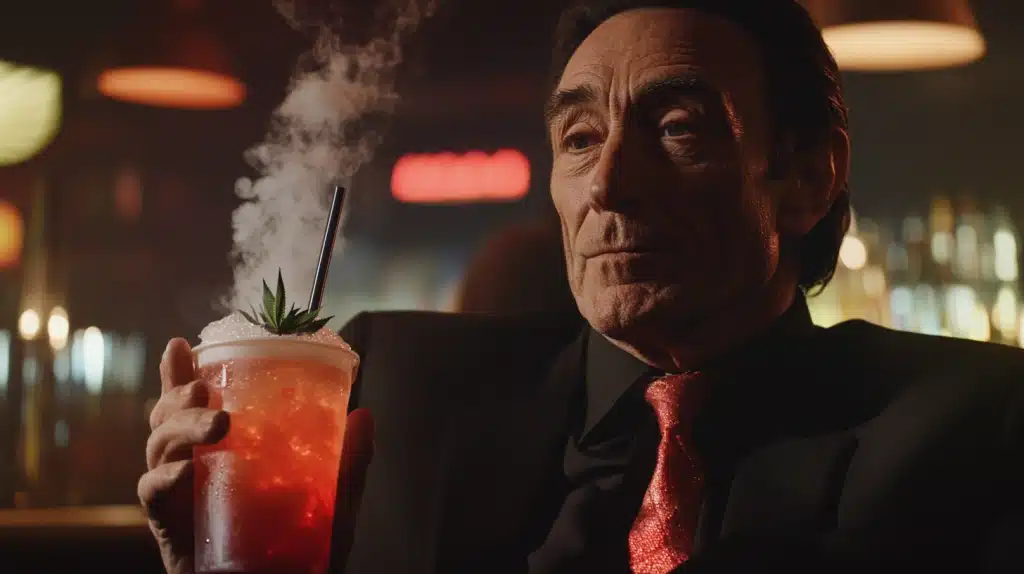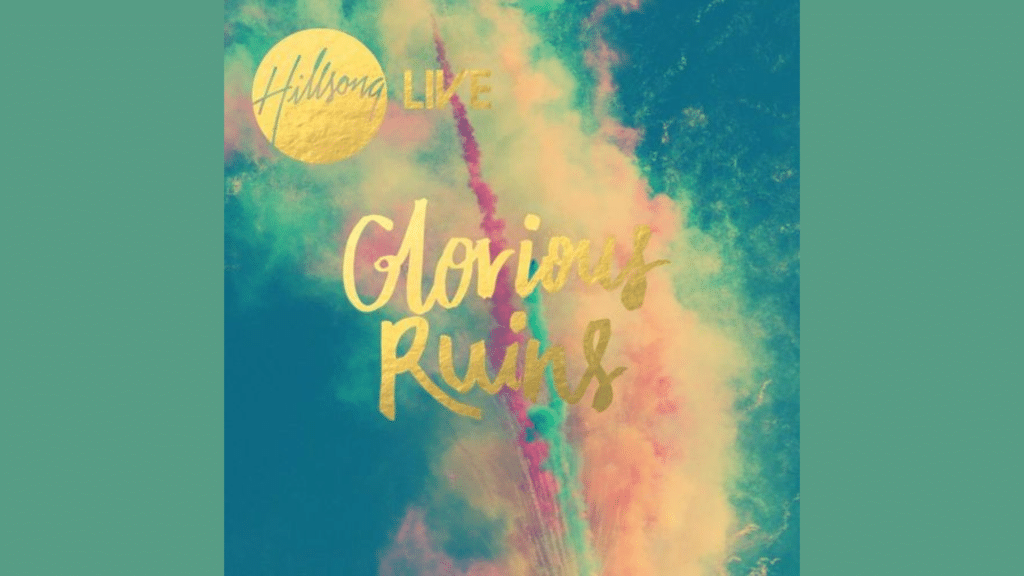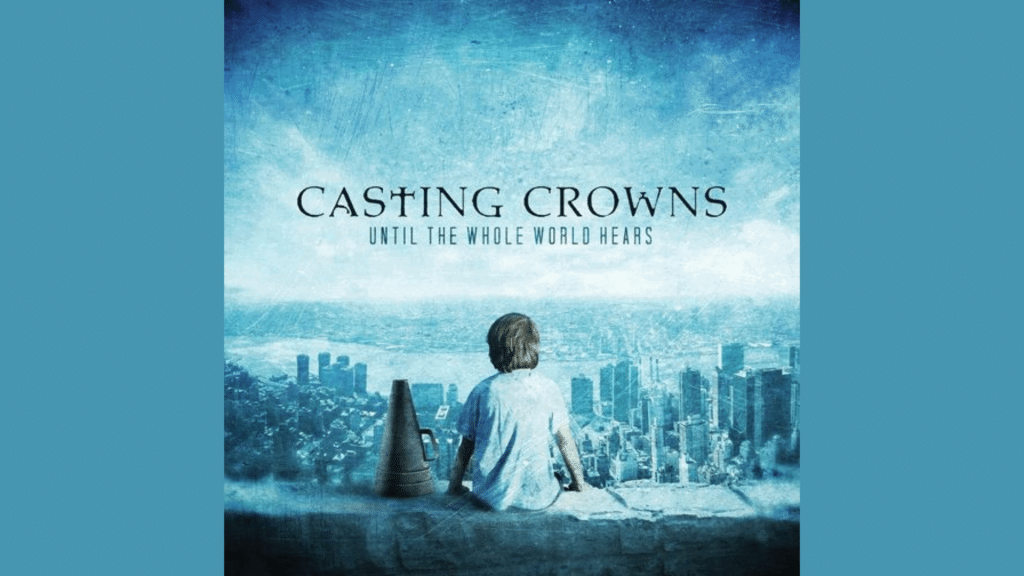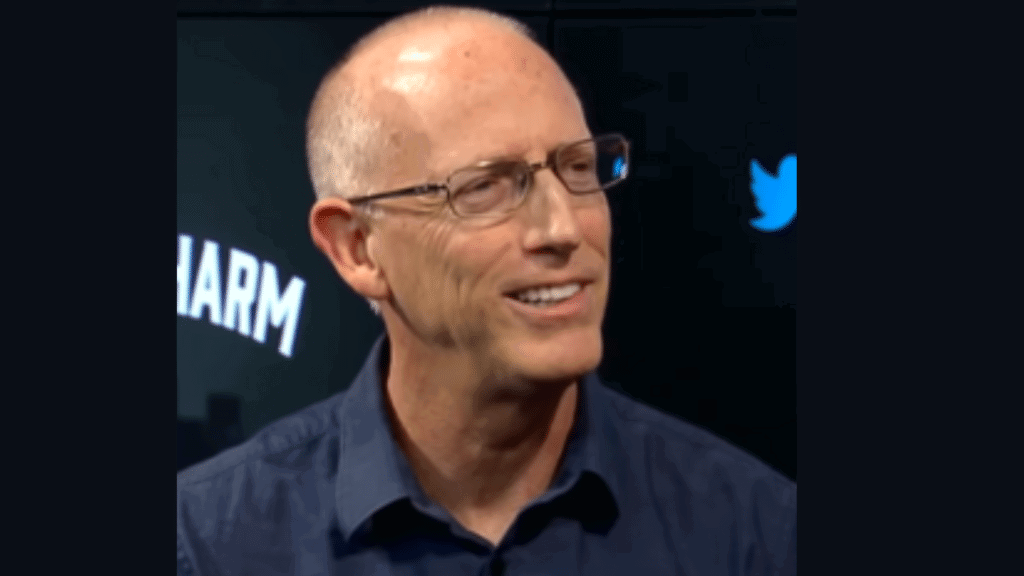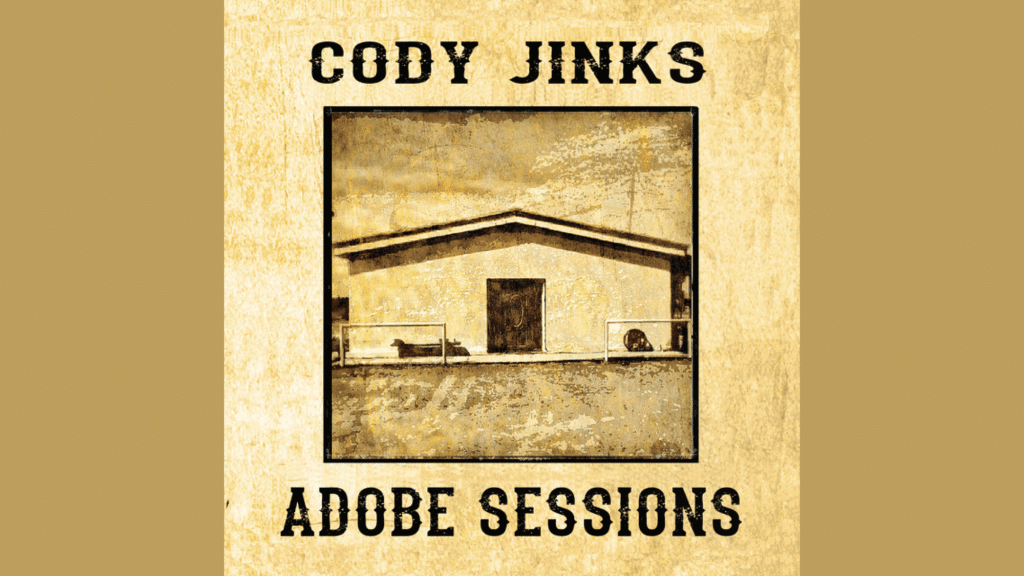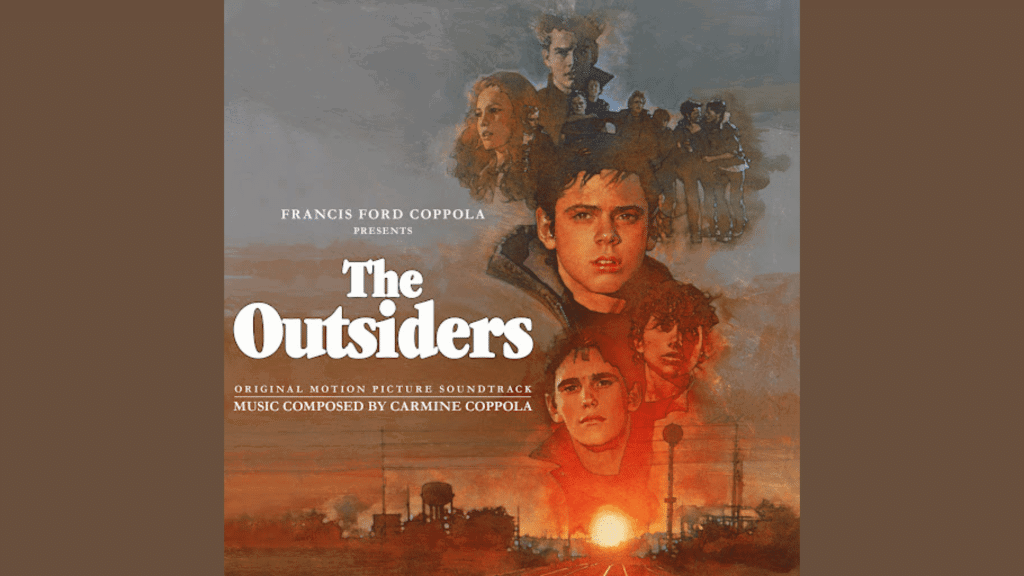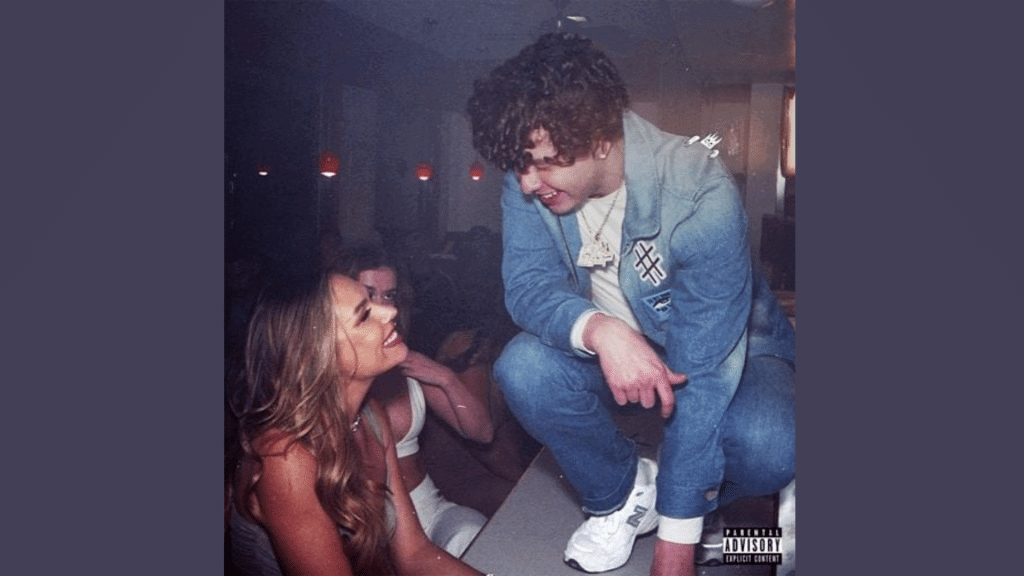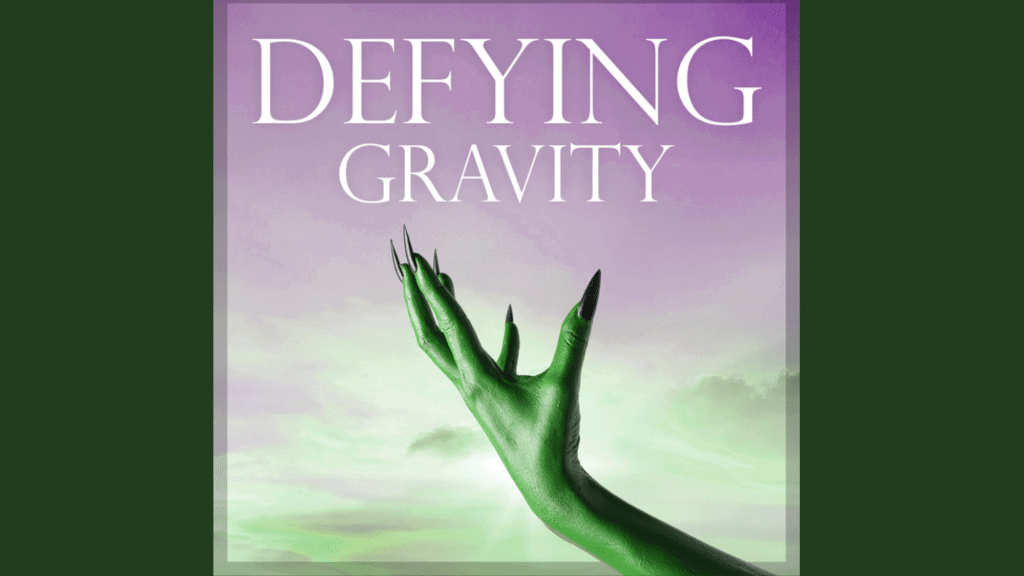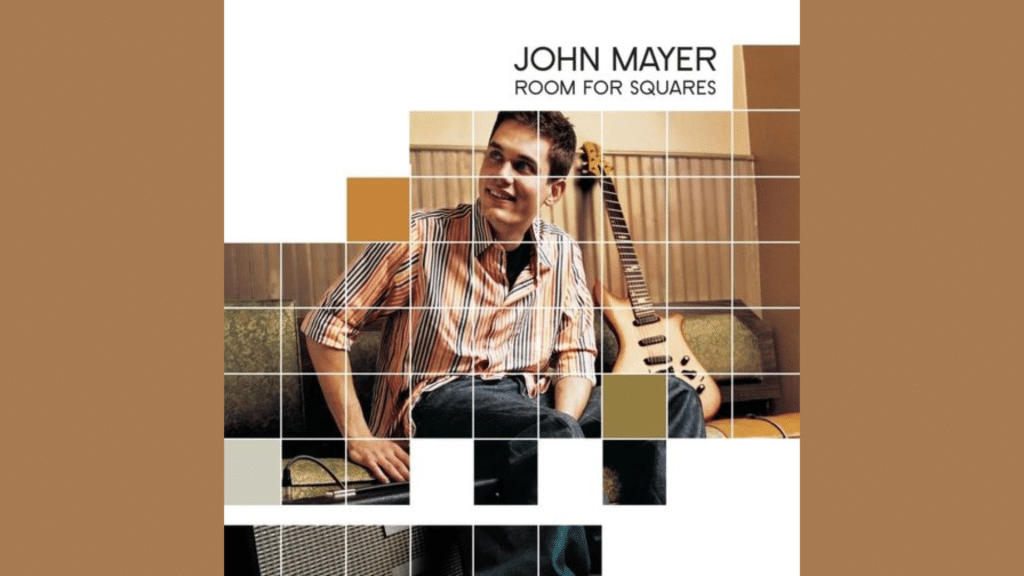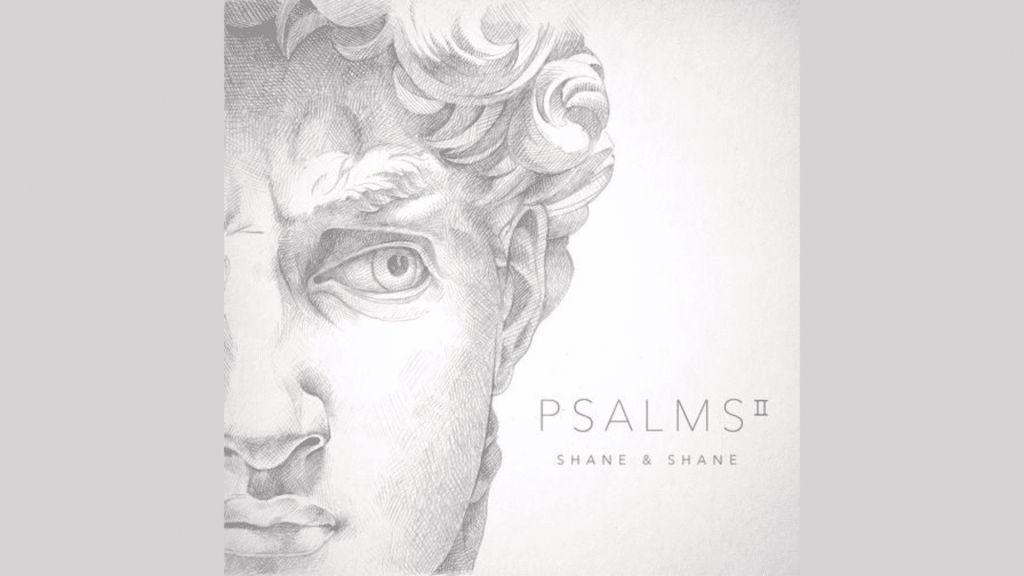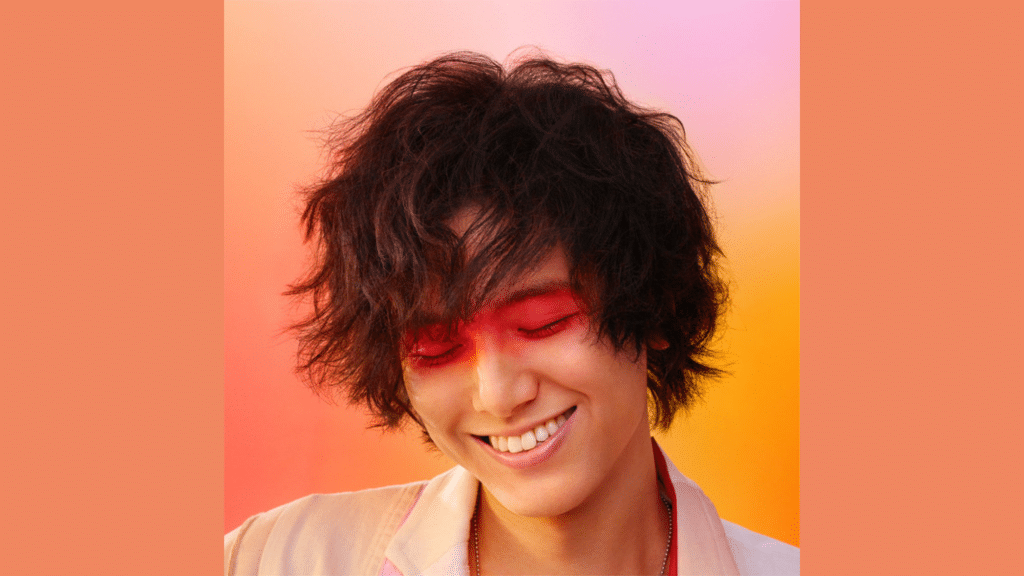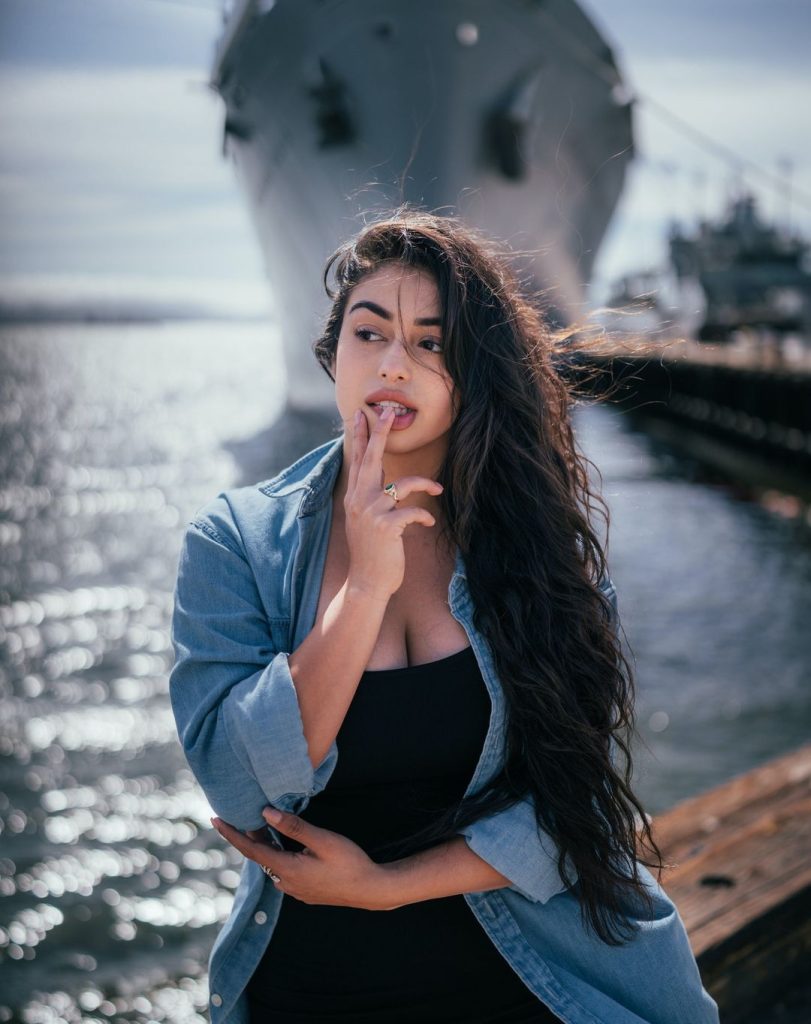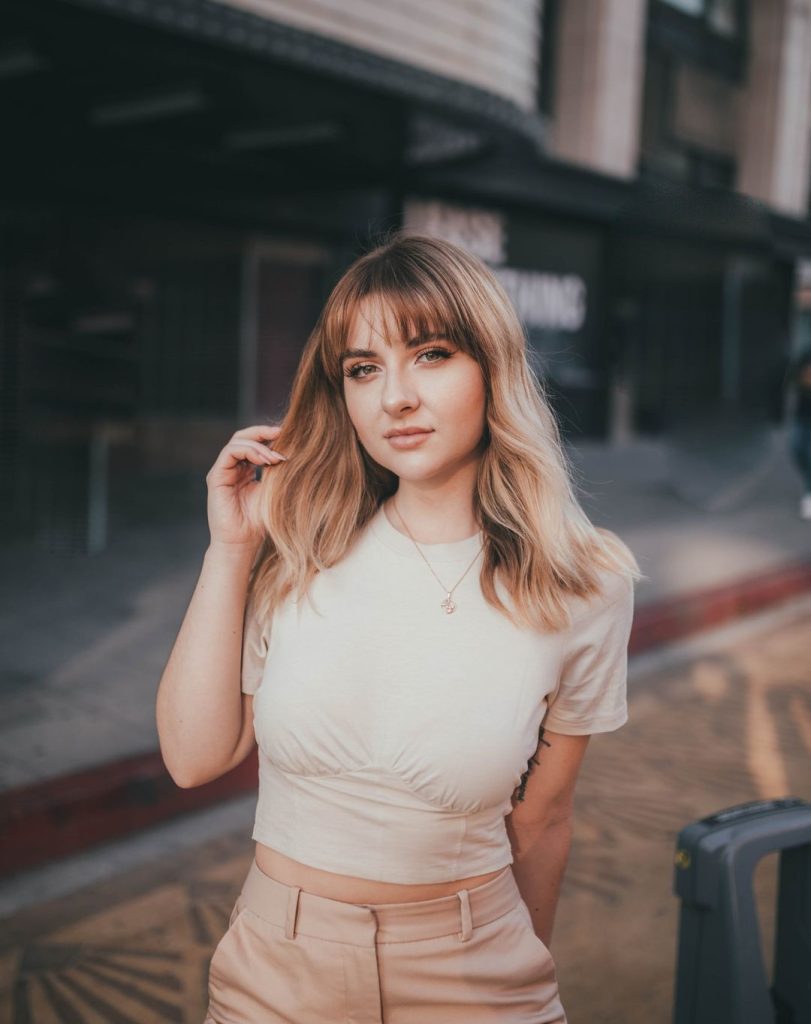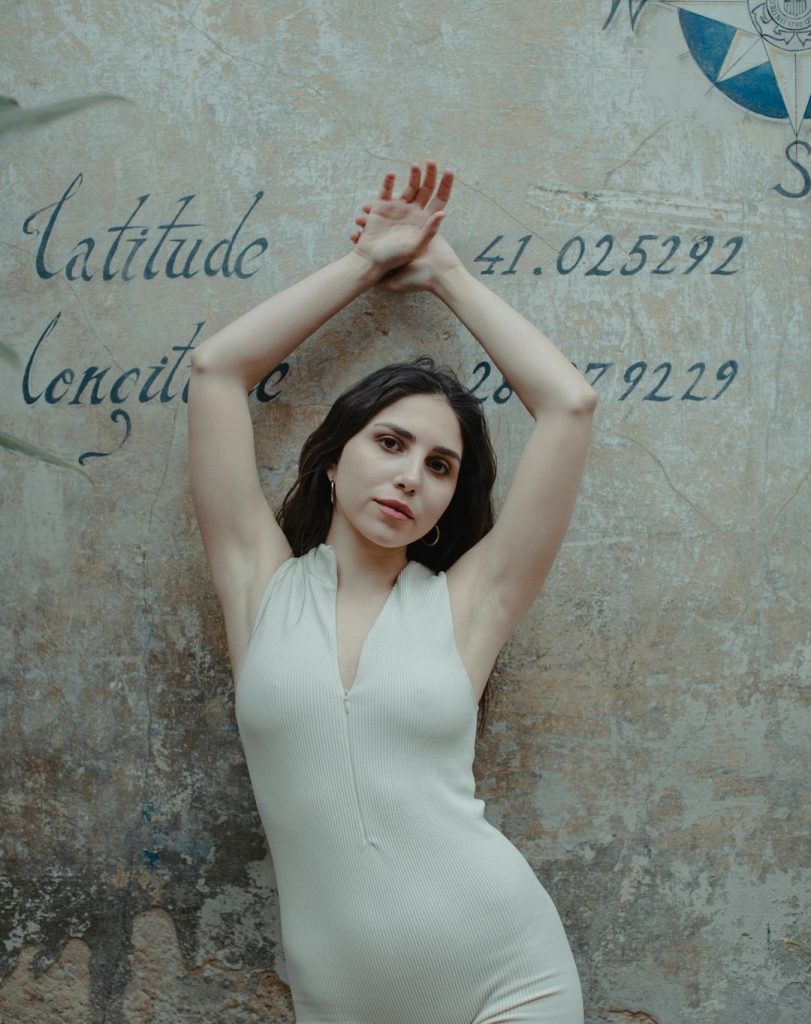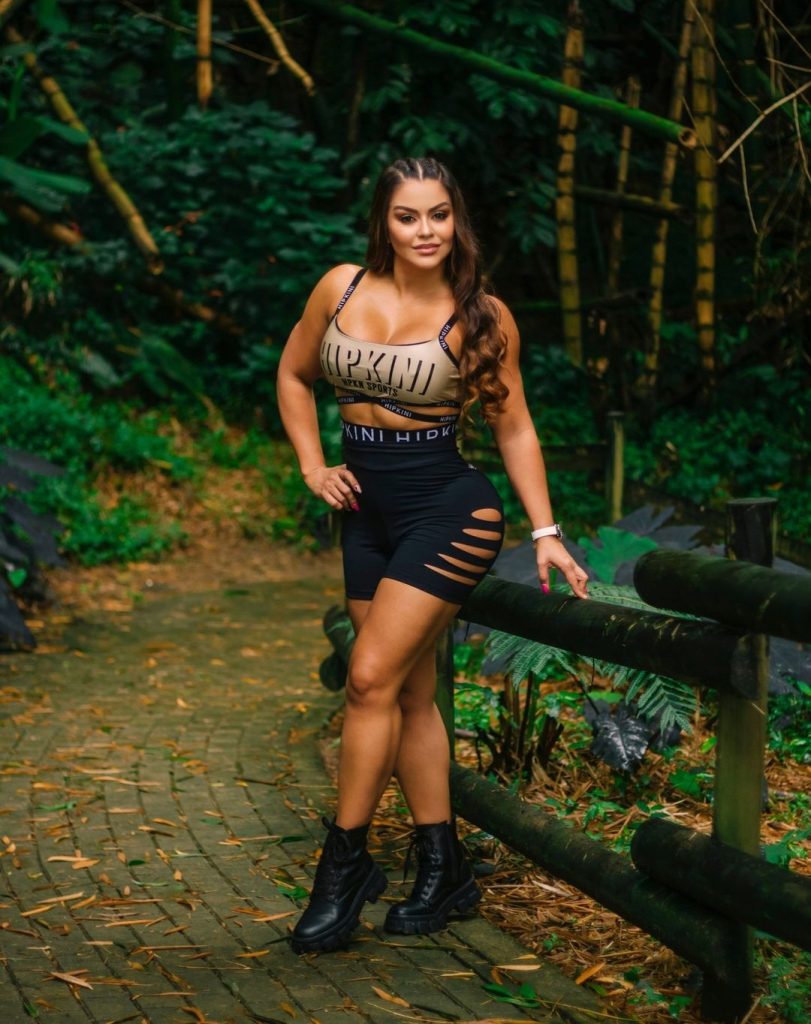Fancy parties are changing. Show up for “cocktails at eight,” and you might find sparkling water cans that pack more than bubbles. The sleek, colorful drinks replacing champagne flutes at upscale gatherings deliver gentle euphoria without tomorrow’s headache.
This shift mirrors what’s happening across the country. A recent Gallup poll found that 17% of Americans now use marijuana, up from around 12% just a few years ago. This growing acceptance is changing how we party.
The Celebrity Endorsement Effect
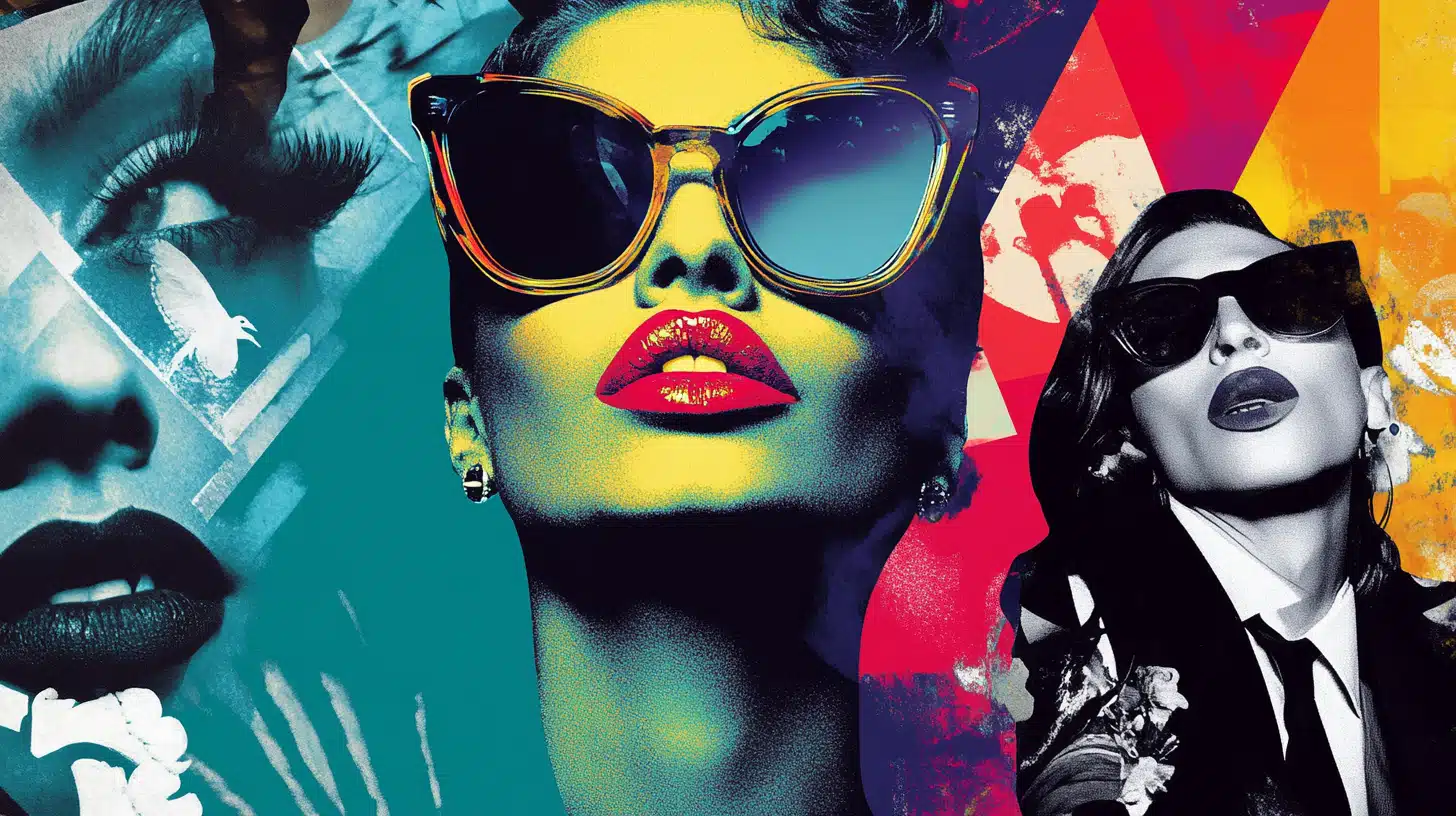
Famous faces are driving this trend. Gwyneth Paltrow jumped on board in 2020, becoming Cann’s biggest celebrity investor after initially saying no. Today, the brand makes serious money and counts stars like Rebel Wilson and former NBA player Baron Davis among its backers.
Seth Rogen’s Houseplant brand recently launched fizzy waters with just 3mg of THC per can. “Perfect for first-timers,” Rogen says, “and for regular folks like me who want something tasty and low-calorie that still delivers.”
From Dispensary to Dinner Party
Increased availability and better product formulations drive this trend beyond celebrity endorsements. No longer relegated to dispensaries with clinical packaging, cannabis-infused drinks and THC seltzers from Hometown Hero now come in stylish, Instagram-worthy designs that wouldn’t look out of place next to premium seltzers or sparkling waters. Alternatively, you can take advantage of natural delta 9 syrups with versatile uses for creating drinks and cocktails.
The technology has improved dramatically as well. Back in 2020, when Wynk first hit the market in Minnesota, they quickly noticed something crucial – people wanted drinks they could count on. Nobody enjoys unpredictable effects. Today’s drinks use tiny THC particles through a process called nano-emulsification, so you feel something in about 15 minutes, just like you would with wine.
This precision and predictability appeal to the wellness-conscious. With most beverages containing between 2-10mg of THC per serving, users can control their experience much more precisely than with traditional alcohol, where effects can vary significantly based on numerous factors.
Beyond Just Getting High
These drinks do more than just create a buzz. Many companies add vitamin B12 to the mix, which brightens your mood and supports overall health. It’s why so many people see these as wellness products rather than just something to get high on.
Indeed Brewing Company in Minneapolis took advantage of Minnesota’s 2022 law change allowing cannabis products in liquor stores, rolling out THC drinks in their taproom just one month after the legislation passed. Their chief business officer, Ryan Bandy, reports that THC beverages now account for approximately 20% of their overall revenue, with production reaching around 50,000 cases annually.
The flavor profiles have evolved significantly as well. Gone are the days of grassy, hemp-forward tastes. Today’s cannabis beverages come in sophisticated flavors ranging from blood orange cardamom (one of Cann’s most popular options) to Hometown Hero’s Ruby Oasis and Peachy Dream varieties.
The Morning After Advantage
Perhaps the most compelling reason for the champagne-to-cannabis switch is the complete absence of hangovers. In a CivicScience poll, up to 90% of Gen Zers reported replacing alcohol with cannabis during “Dry January,” when alcohol sales dropped by 52% in the first week of the year.
This benefit particularly resonates with health-conscious consumers who still want social lubrication without the inflammation, dehydration, and brain fog that often follow alcohol consumption. As Eric Rogers, co-founder of Second Act Cannabis, explains, “For parents, especially with babies, having a hangover isn’t tolerable. Cannabis represents a social alternative that meets a wide variety of needs.”
Market Evolution and Legal Landscape
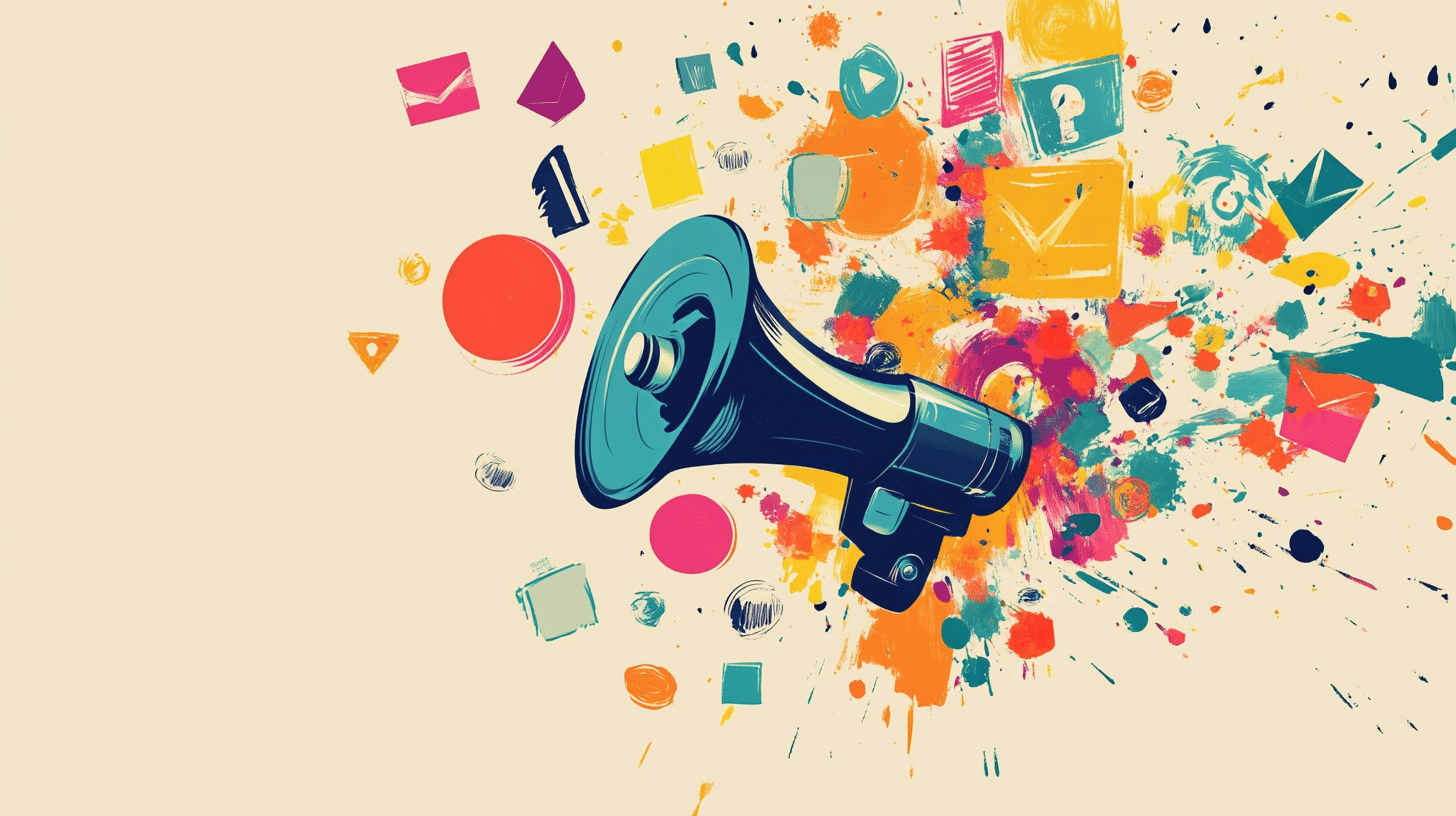
The legal landscape continues to evolve in ways that favor cannabis beverages. While cannabis remains technically illegal at the federal level, 38 states have some form of legalized marijuana, and dozens allow sales of cannabis drinks through licensed dispensaries.
Minnesota transformed the market in 2022 by passing a law allowing products with up to 10 milligrams of THC to be sold in liquor stores. Other states have followed similar paths, sometimes inadvertently creating more liberal markets.
“Sometimes these new laws have been poorly drafted,” explains William Bogot, a partner at Fox Rothschild LLP who specializes in cannabis regulation. “Connecticut appears to have unintentionally allowed sales of traditional dispensary-only cannabis beverages outside of state-licensed dispensaries by the mere change in serving size.”
Changes to the 2018 Farm Bill and ongoing regulatory adjustments at the federal level could soon create even more opportunities for these products to reach mainstream consumers, bringing them fully into competition with traditional alcohol beverages.
The Bottom Line
While traditional champagne and cocktails aren’t disappearing completely, the rising popularity of cannabis beverages represents a significant shift in America’s drinking culture. With sales of wine, spirits, and beer declining as cannabis drinks surge, beverage companies are facing a new competitive landscape.
As Giuseppe Infusino chief investment officer at InvestBev notes, “There is no denying that beer and wine especially face significant challenges. And in markets where recreational cannabis is legal, beer and wine sales are hurting even more.”
The next time you attend an upscale gathering, don’t be surprised if alongside—or instead of—the champagne, you’re offered something that fizzes like a premium seltzer but delivers an entirely different kind of buzz. Just remember that unlike alcohol, where effects can be unpredictable, with these beverages, moderation and mindfulness are built right into the experience.

